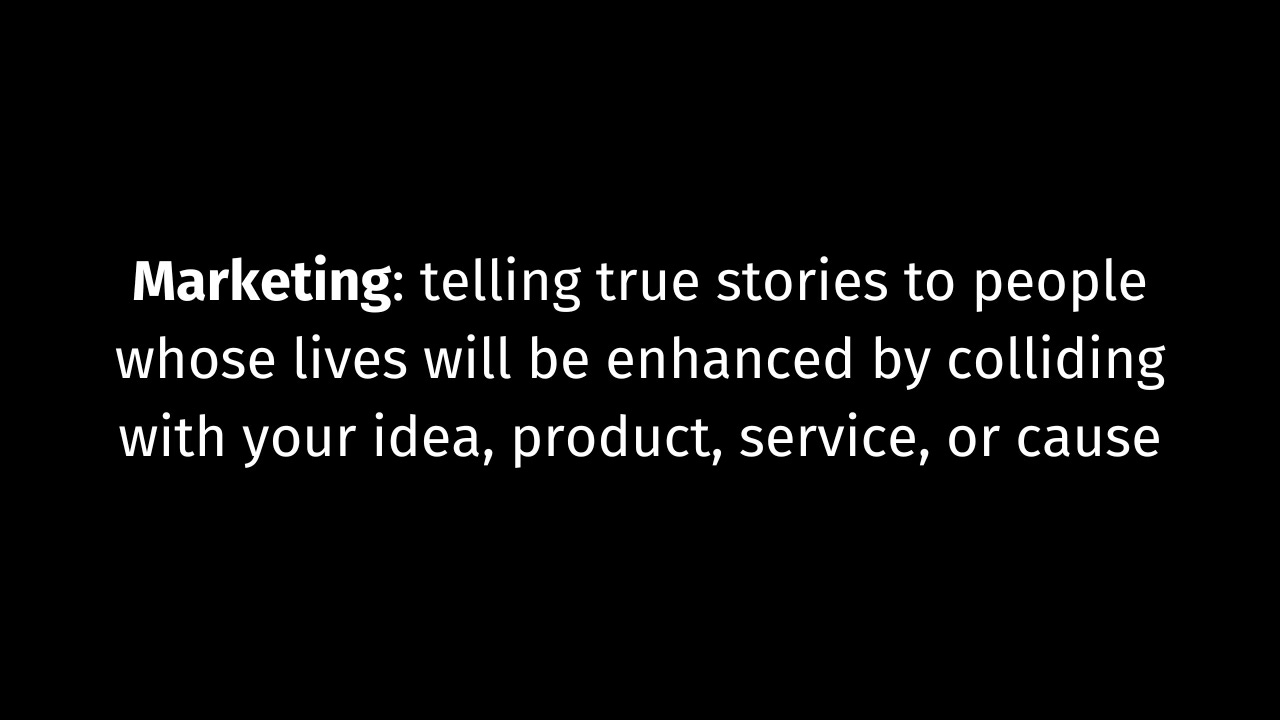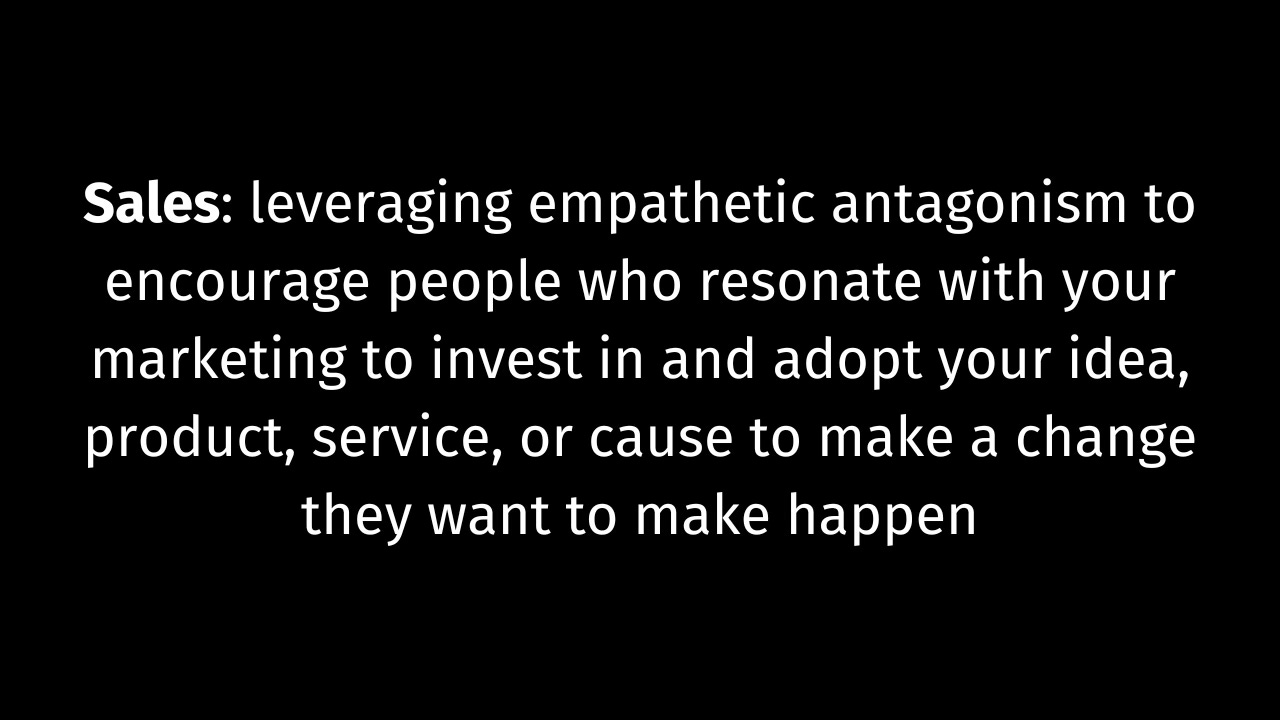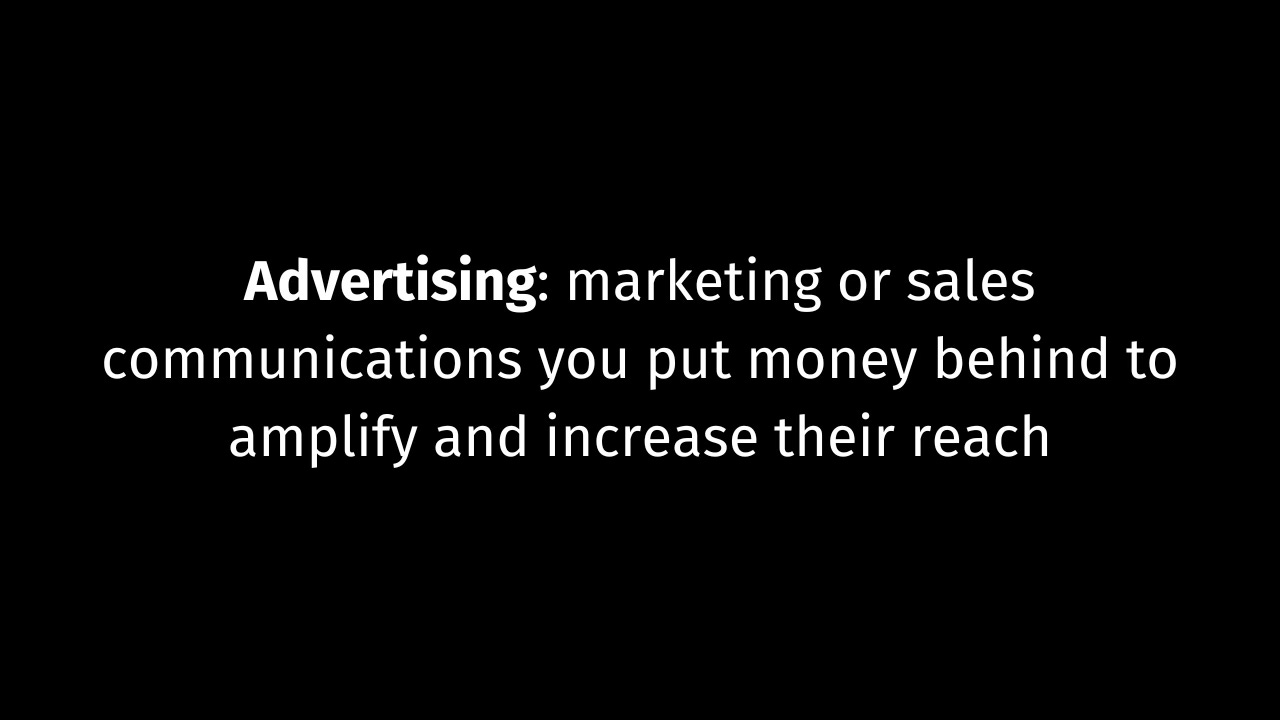CSA: Feeling stuck in your solo business? Try the free Business Focus Helper GPT to get clear on what matters and what to do next in minutes.
In a noisy world full of distractions and offers of dubious quality, it’s difficult for those seeking guidance to find trustworthy and truly valuable resources for solving their problems or achieving their aspirations.
For those offering products or services, spreading ideas, or promoting a cause, getting the word out and enrolling the right people is equally (if not even more) challenging.
Why?
I’m glad you asked…
Why Most Ideas & Offers Fail to Spread
Here’s why most ideas and offers fall flat:
Solution in Search of a Problem: Focusing on what you want to spread or sell—not what your intended market or audience genuinely needs.
Form Over Function: Prioritizing packaging, tactics, and persuasion instead of clarity, relevance, and resonance.
Lack of Empathy: Without empathy, ideas and offers fail to understand or address their intended audience’s real needs, fears, and aspirations.
And they miss the fundamental questions adopters have:
Why this? Is this relevant to my life?
People don’t adopt ideas because they’re new—they adopt what feels useful, timely, and aligned with what they already value or want. The idea must land as resonant, not just novel.Why me? Is this really for someone like me?
Adoption depends on identity. People assess whether something fits their worldview, situation, or stage. If they don’t see themselves in the offer, they won’t step toward it, no matter how valuable it is.Why now? Is this the right moment for me to take action?
Even the right idea for the right person can stall if the timing feels off. People move when internal urgency, relevance, and readiness converge. Without a clear “why now,” hesitation wins.
They also fail to address adopters’ core objections:
How do I know this will work? Is there evidence that this produces results?
Skepticism is natural. People look for proof (social, experiential, or logical) that what’s being offered has worked in the real world. Without credibility or demonstration, even the best idea feels like a gamble.How do I know this will work for me? Can I see myself succeeding with this?
It’s not enough for something to be effective in general. It has to feel attainable and adaptable to one’s own life. People adopt when they believe the path isn’t just possible but possible for them.
Okay, but it’s one thing to know why ideas and offers fail to spread, but what can purpose-driven difference-makers like you and I do about these dynamics?
It begins with the stories we tell ourselves about what marketing and sales are (and are not).
Leverage real guidance and collective momentum to catalyze your solopreneur business. Join the Solopreneur Success Circle. Click the “I’m ready” button below to learn more!
Marketing vs. Sales (& Advertising)
Most of the clients I work with initially come to me with a very negative view of marketing and sales. I get it because I once did too.
This negative impression of marketing and sales is born in part from the experience of being marketed and sold false promises by clever digital marketers.
But marketing and sales are much more than the sketchy tools, tactics, and tricks that have proliferated since the dawn of the digital age. If we view marketing and sales as they have historically been employed, our impressions may be much more favorable.
Owning and operating a brick-and-mortar guitar studio in a small rural town for almost twenty years provided me with insight into a more positive practice of marketing and sales (and distinguishing each activity from the other).
Marketing and sales are terms that are often confused and conflated, but they represent distinct approaches with different objectives.
I define marketing as telling true stories to people whose lives will be enhanced by colliding with your idea, product, service, or cause.
Sales is leveraging empathetic antagonism to encourage people who resonate with your marketing to invest in and adopt your idea, product, service, or cause to make a change they want happen.1
The marketing cycle has two parts. First are the social media and broadcast channels you use to earn awareness and attention (Exposure). Second are the message and email apps you use to have conversations that earn permission and trust (Proximity).
The sales cycle involves moving someone from interest in your product or service to enrollment in the process or transformation on offer and then investment in the offer to solve their problem or achieve their aspiration (Access).
And what about advertising?
Ads are simply marketing or sales communications you put money behind to amplify and increase their reach.
Like marketing and sales, advertising is neither inherently “good” nor “bad.” All three are simply tools that are only as good or bad as the motivation and intent of those who employ them.
Now, let’s dive a little deeper into the meaning of exposure, proximity, and access.
Exposure, Proximity, & Access
Before you can start to spread your idea, cause, product, or service, the right people must become aware that it exists and be willing to pay attention to it (exposure).
To help turn that new-to-them concept (innovation) into something they can understand and explore (information), you need to earn enough permission and trust to have a more direct conversation (proximity).
To effectively implement the ideas or approach you offer, people need your help (access).
Okay, Now What?
Now that we have some context about how ideas and offers spread, how do we get the word out and actually connect with those who would benefit from colliding with and investing in what we have?
It turns out a book first published in 1962, Everett Roger’s Diffusion of Innovations, delivers a wealth of insight about spreading the difference only you can make.
Pay attention to this next part. It’s the catalyst that will activate your marketing and sales efforts to collapse time to target.







